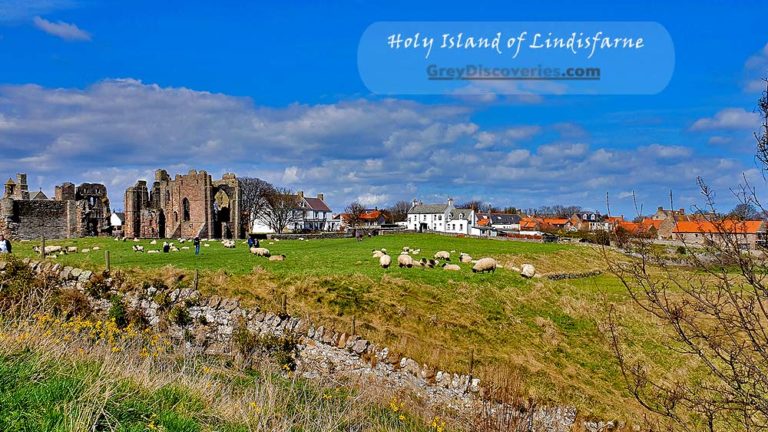As the tide recedes from the shore, Lindisfarne is no more an isolated island. Just as the water drains away, the causeway resurfaces like a secret gateway hidden by the tide. Twice a day at varying times, the tidal island of Lindisfarne adjoins the mainland England by a causeway. This is the time where the island escapes from solitude and opens its gate to visitors.
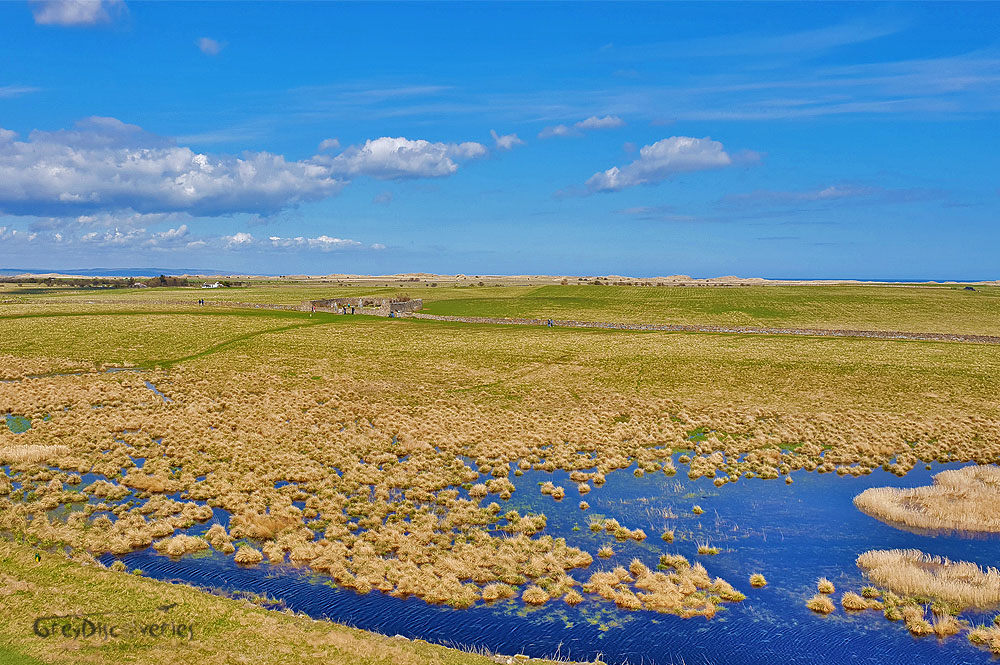
THE CAUSEWAY
You might be unconcerned about the tide patterns but not if you choose to cross the causeway to Lindisfarne. Once you decide to visit the island, always consider the tide schedules to determine the safe time to come and leave. For sure, you would not like your car submerged into the North Sea. I would rather choose to get trapped in the island. Perhaps getting caught by high tide will let you appreciate the island more. You will have more time to explore and enjoy the scenery.
The HOLY ISLAND
Lindisfarne lies off the coast of Northumberland, a county of northeast England known for its picturesque coastline. It is an island with serene landscape and intriguing history that is most commonly known to many as the Holy Island.
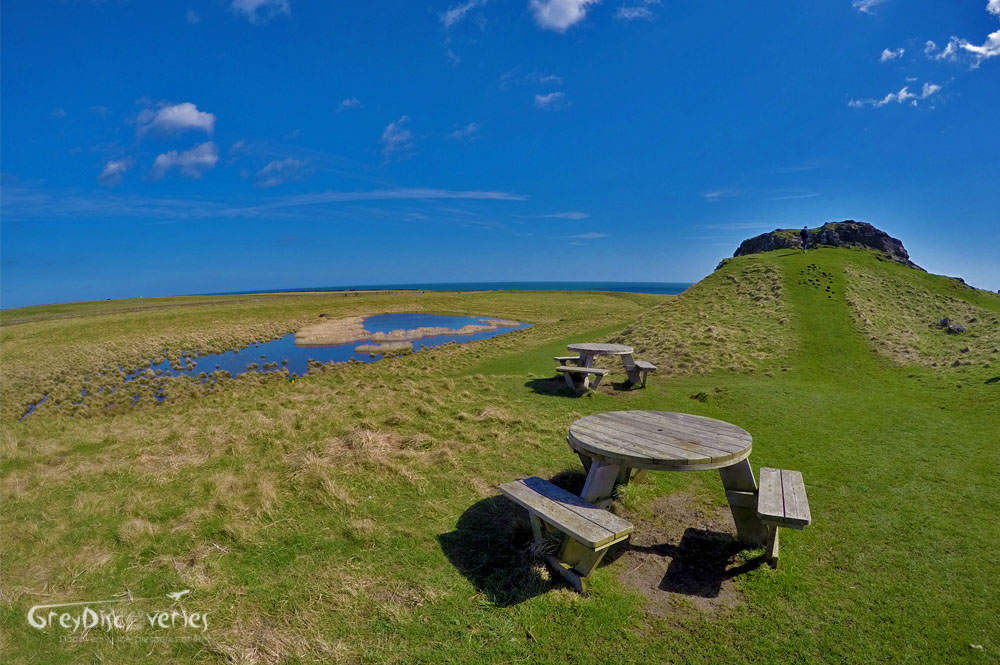
The name, “Holy Island,” comes from its role in introducing and spreading Christianity all over England. A monastery was built on the island by an Irish monk named Aidan who have chosen Lindisfarne to become the center of his missionary work.
A more popular monk who became a bishop of Lindisfarne and now the patron saint of Northern England is Cuthbert. He was buried in the island and after several years they found his body perfectly preserved. This, along with the miracles attributed with his grave, has flourished the devotion to Saint Cuthbert. His shrine in Lindisfarne has become a place of pilgrimage for many years now.
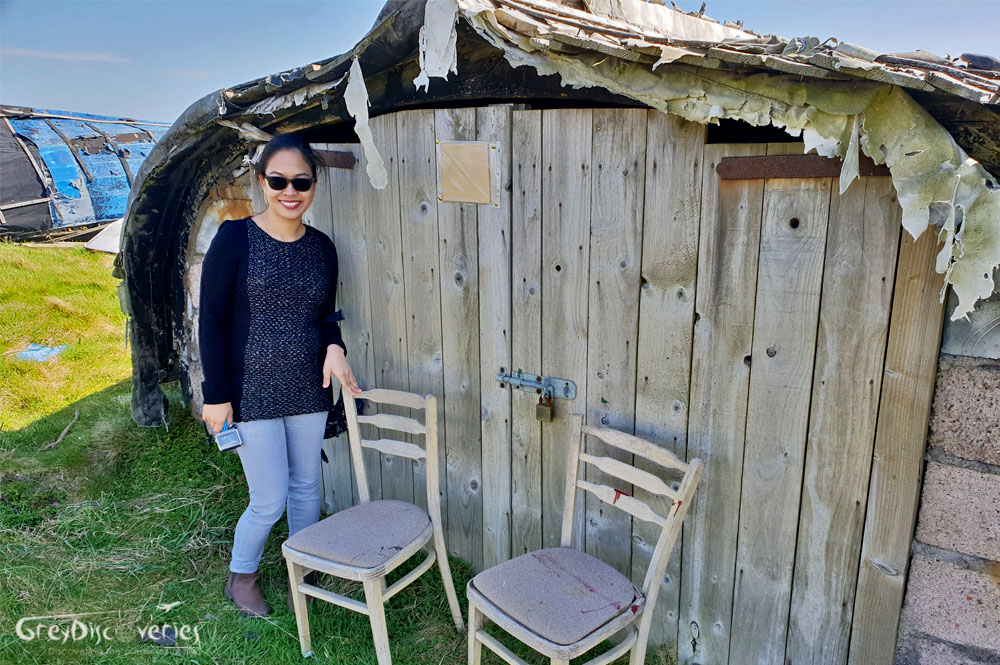
LINDISFARNE GOSPELS
The Holy Island is also the birthplace of the famous Christian medieval manuscript hence called Lindisfarne Gospels. Inspired by Saint Cuthbert, a bishop of Lindisfarne named Eadfrith, created an artistic manuscript of the 4 gospels of the new testament, in honor of him. The Gospel book is an ancient work of art that is regarded as one of the religious treasures. Though the original manuscript is exhibited at the British Library in London, a copy of the book is displayed inside the heritage center of the island.
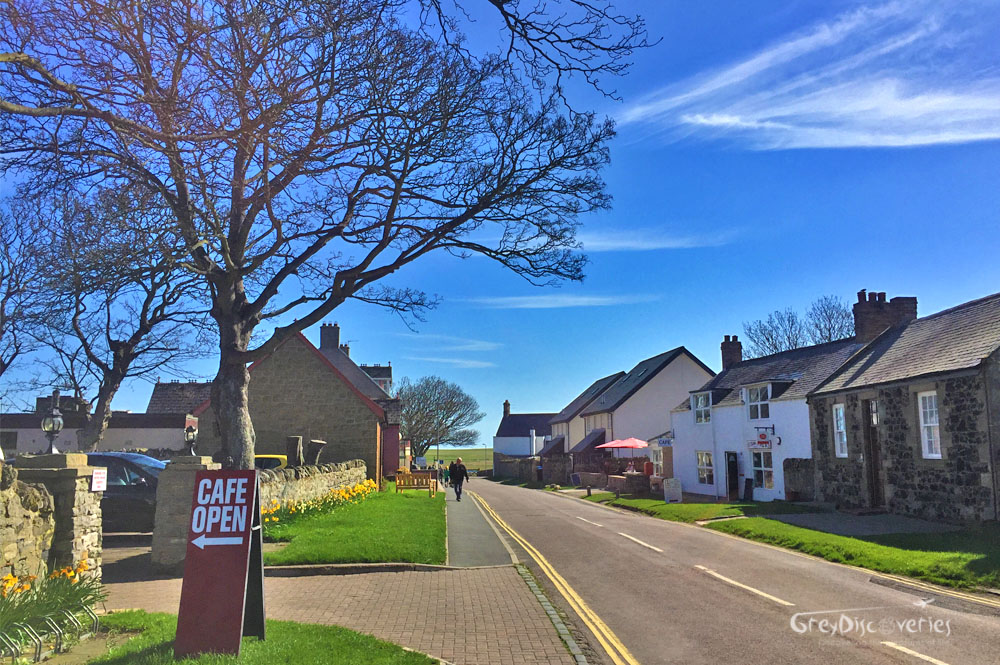
THE RUINS OF LINDISFARNE PRIORY
The remnants of Lindisfarne Priory is the most visited site on the island. Pilgrims flock at the heart of the structure where the statue of Saint Cuthbert stands. This was where the remains of the famous saint were buried before it was moved to Durham Cathedral.
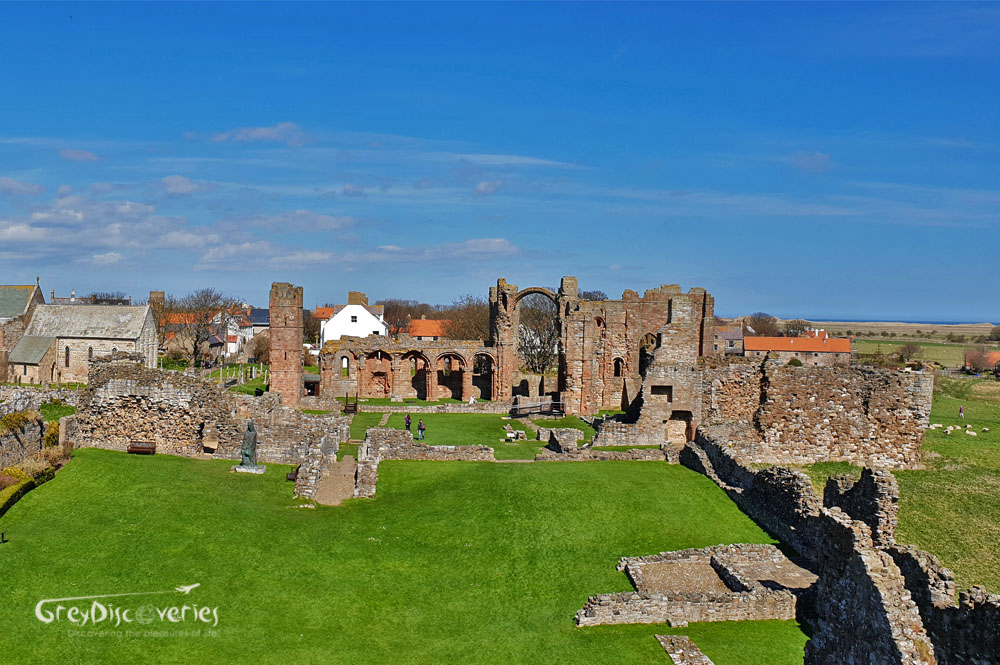
The fragments of the 12th-century Priory is not only a site of pilgrimage but also a place of understanding Lindisfarne’s complex history. Here you would learn how it all started hundreds of years back.
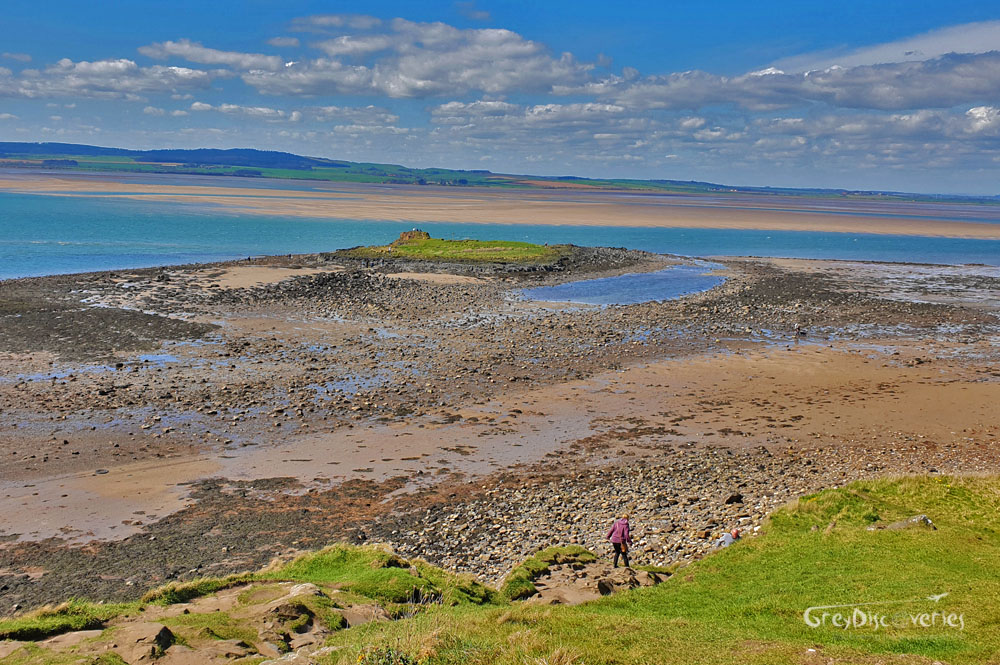
This is the spot where Saint Aidan built his monastery 1400 years ago and made it the center of early Christianity in Northern England. The monastery was where the most celebrated saint of England, Cuthbert, once lived. Also, where bishop Eadfrith wrote his masterpiece, the Lindisfarne Gospels.
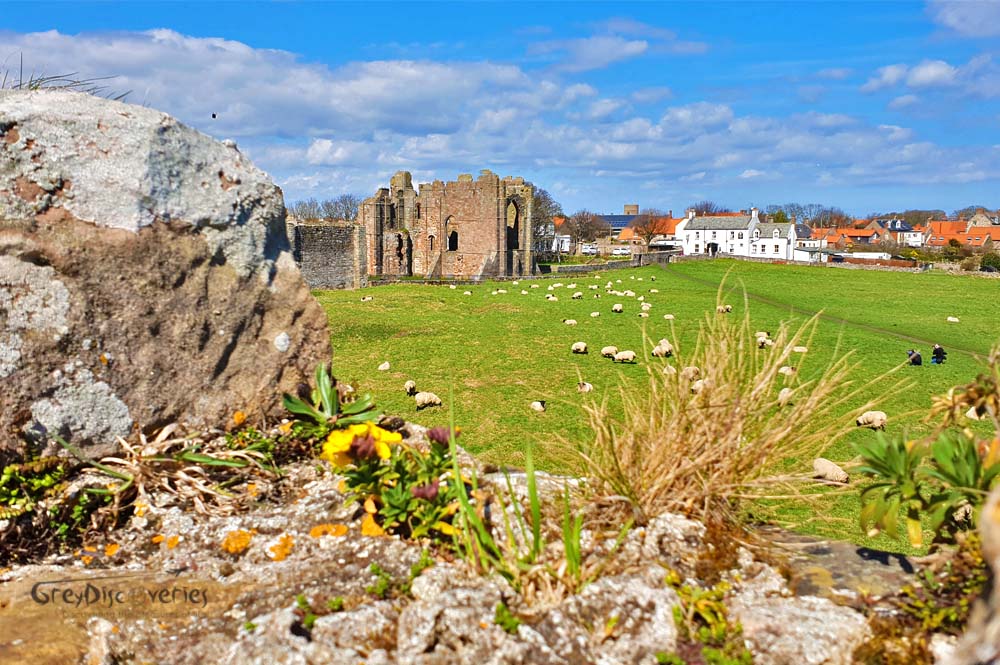
However, the monastery had not survived the Viking attacks. It was only after 300 hundred years that the priory was reestablished only to crumble into pieces once more. But then, something out of it was left for us to see today. Perhaps to set as a reminder that a beautiful building once stood here that had influenced vast of England. The ruins of the priory are a special spot on the island not only for its significance and historical value but more of the peacefulness of the surroundings. It overlooks the breathtaking coastal scenery of Northumberland.
ST MARY’S CHURCH
Just at the opposite side of the Priory’s ruins is an intact building which is the oldest structure in Lindisfarne. It is the Church of Saint Mary’s whose components were thought to date back from the 7th century during the time of Saint Aidan though its main structure was from the 12th century. It was built by monks to serve the local community.

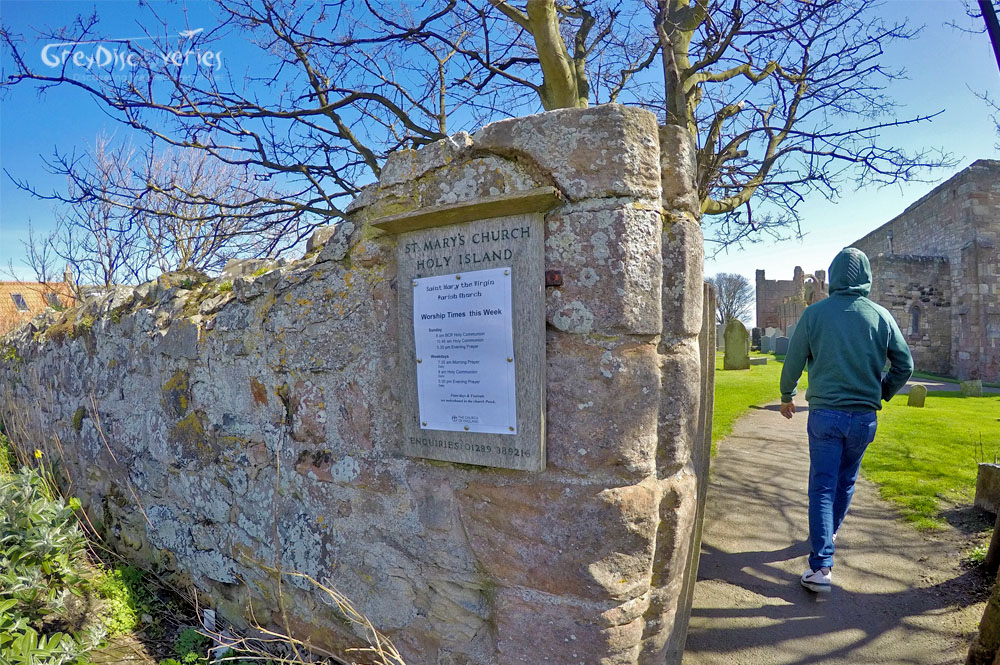
As you enter the church today, a striking statue will surely catch your attention. It is a wooden sculpture depicting the monks of Lindisfarne carrying the remains of Saint Cuthbert. The sculptor Fenwick Lawson created the figure and named it “The Journey.” It reflects the story of how the monks fled from Lindisfarne without leaving behind Saint Cuthbert’s body.
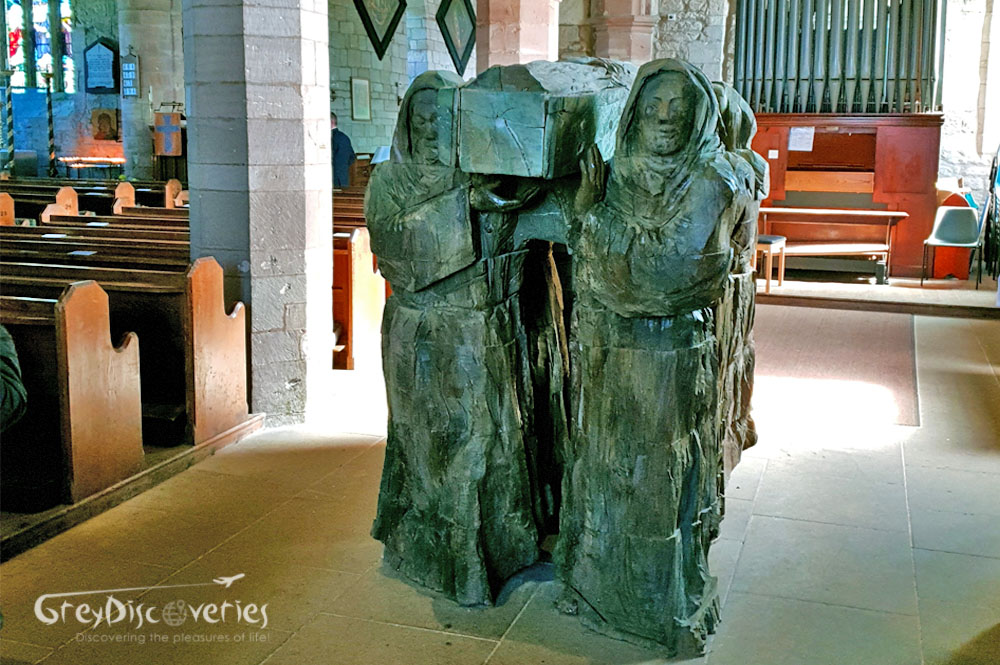
THE HEUGH
Walk towards the hill called Heugh to have a sweeping view of the whole island as well as Lindisfarne’s National Nature Reserve. The vista from the hill is breathtaking. You can climb the lookout tower to have 360-degree views of the landscape. You will enjoy a good perspective of the Holy Island’s Castle, its village and the priory’s ruins. The observatory could also take you as far as the Farne Islands and Cheviot Hills.

At the Heugh, you can find a war memorial in a form of a cross standing beside the metal framework lighthouse, which guides the vessels entering the island’s harbor.
LINDISFARNE NATIONAL NATURE RESERVE
The remoteness of Lindisfarne suggests its closeness to nature. The island is the home of diverse plants and wildlife. It is the best place to see an array of migrating birds and endangered plants. The island consists of grassland, marshland, dunes, and mudflats which is a perfect habitat of different species of plants and birds. It is a wildlife sanctuary that has been safeguarded to preserve the variety for future generations.
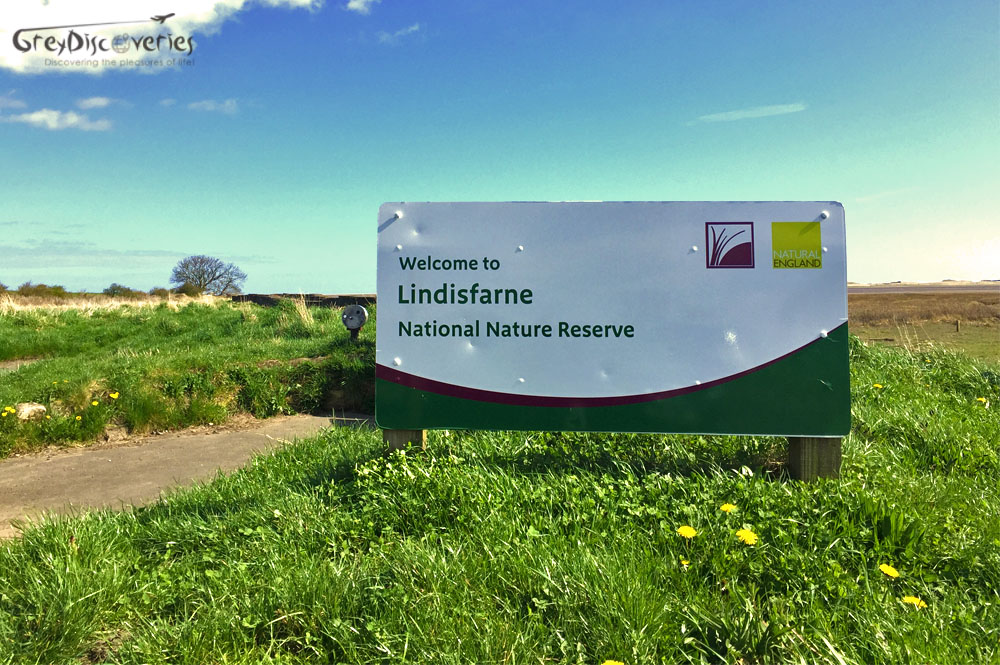

LINDISFARNE CASTLE
The main feature of this tidal island is its Castle with a commanding spot at the top of an outcrop called Beblowe Crag. Lindisfarne Castle is the gem of the Holy Island that adds a touch of drama to the lovely scenery.
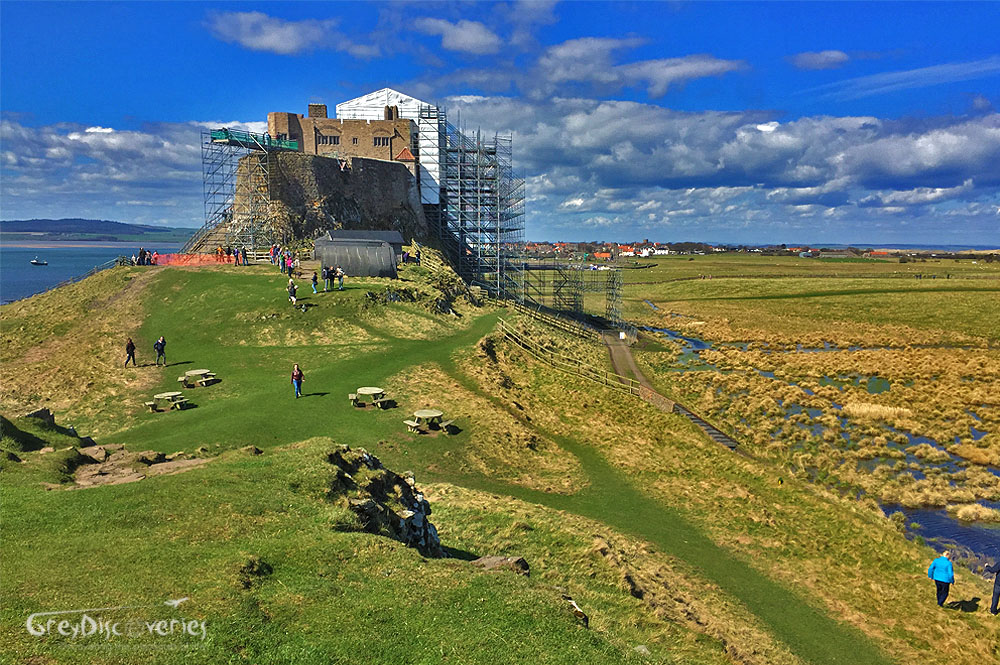
After the dissolution of Lindisfarne Priory in the 16th century, the castle was constructed using the stones from the dilapidated priory. The humble castle was transformed in 1901 when it was bought by Edward Hudson, the owner of Country Life Magazine. It was converted into an Edwardian country mansion but still with a hint of a Tudor artillery fort.
Due to vital renovations that took place during my visit in 2018, I got no chance to go inside the castle.
GERTRUDE JEKYLL’S HISTORIC GARDEN
Along with the transformation of the castle in 1901 is the creation of a nearby walled garden by a famous garden designer Gertrude Jekyll. The garden comes alive during summer with its vibrant and colorful flowers. The visitors of the castle enjoy the blend of the colors from afar.
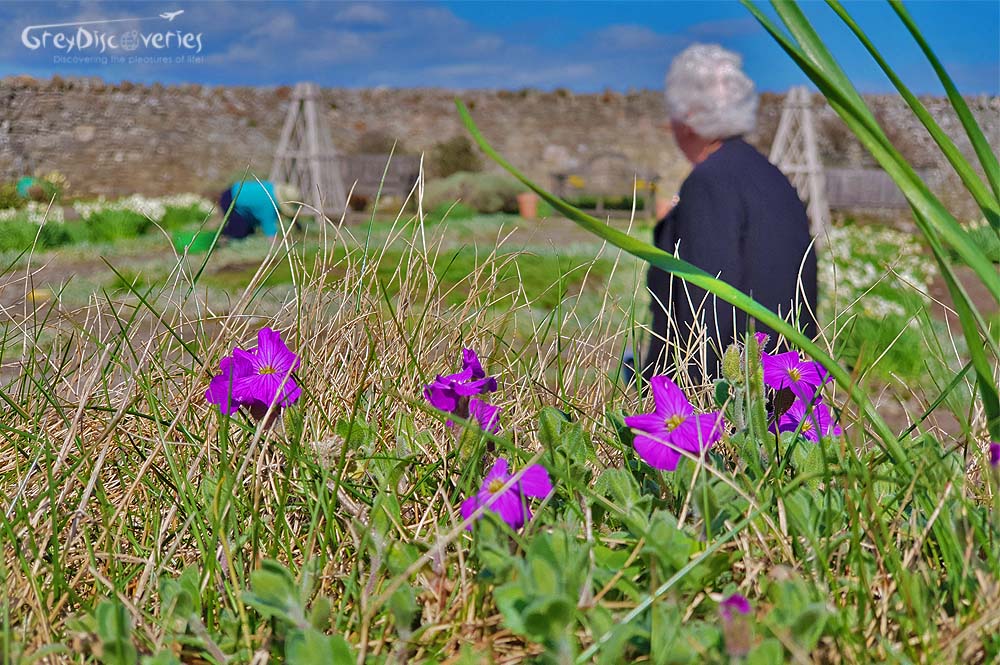
WHY VISIT HOLY ISLAND
Lindisfarne is a place of retreat. Its remoteness will bring you closer to nature. The sceneries and the coastal views are stunning. The island is not as small as you think as you can fill the entire day with lots of activities. You can go birdwatching, hike the nature trail, discover the stories behind the priory’s ruins, visit the Castle, or just wander around.

The island’s historic and religious background is interesting which you could understand better in the island’s museum and heritage center. Explore the place and find out why it is called the “Holy Island.”
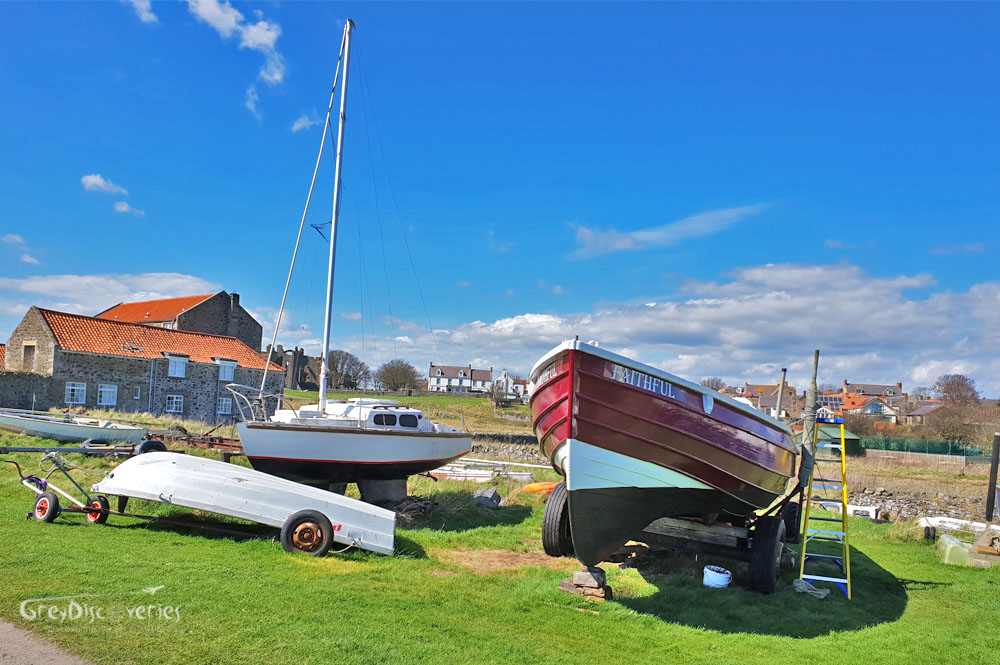
Getting there is an interesting adventure considering the ebb and flow of the North Sea. This makes it an enchanting scenery with the sight of the dramatic Lindisfarne Castle from a distance.

